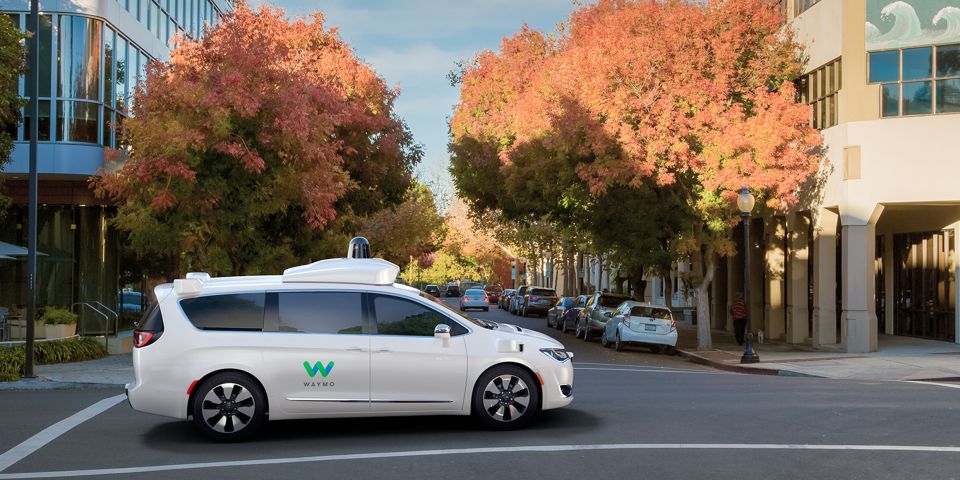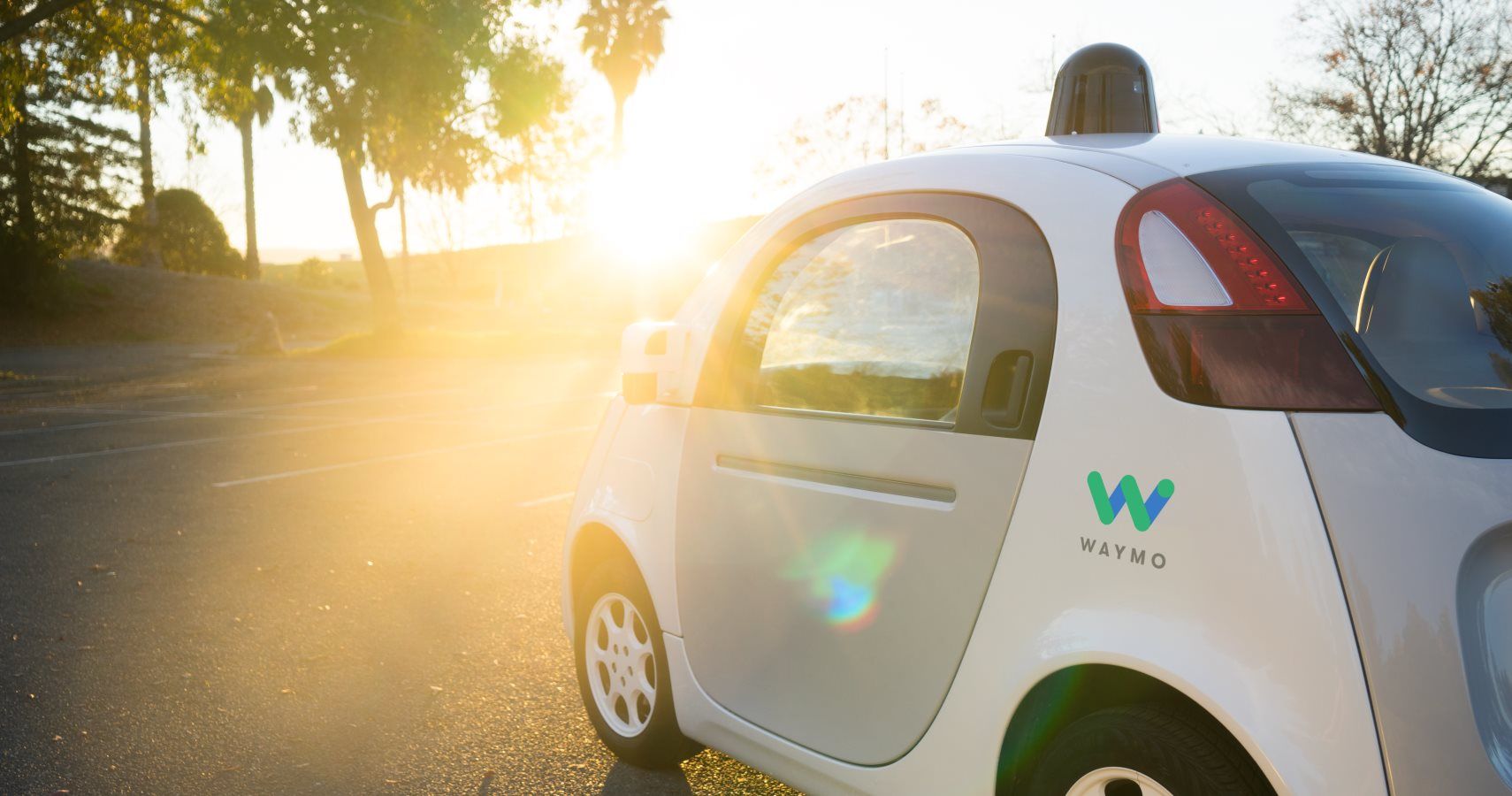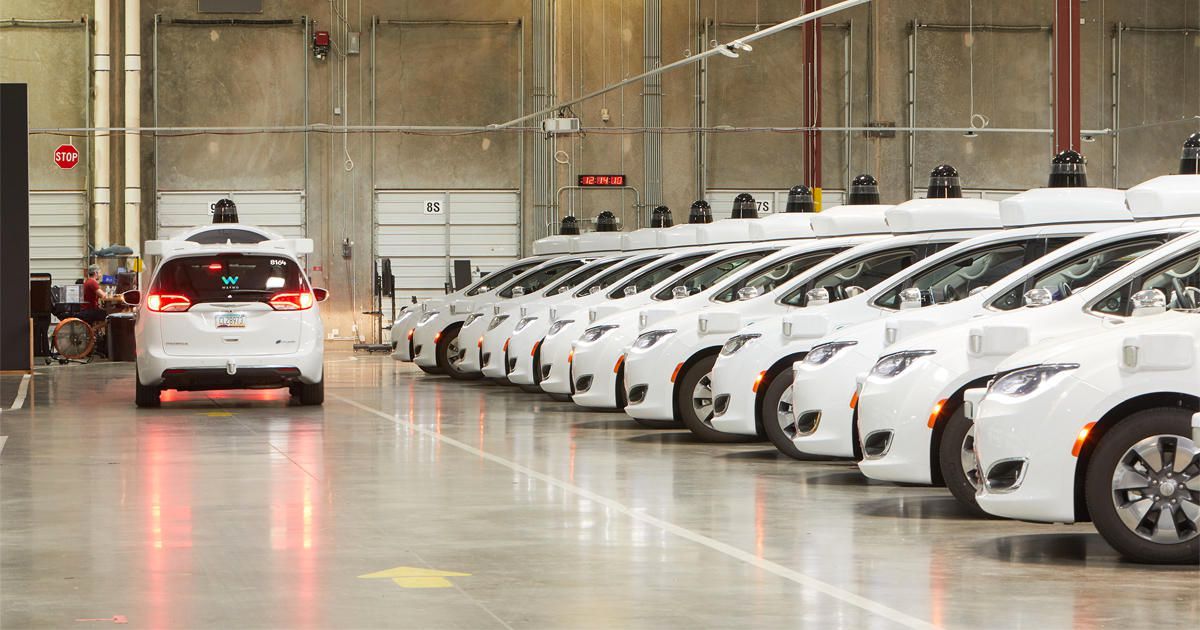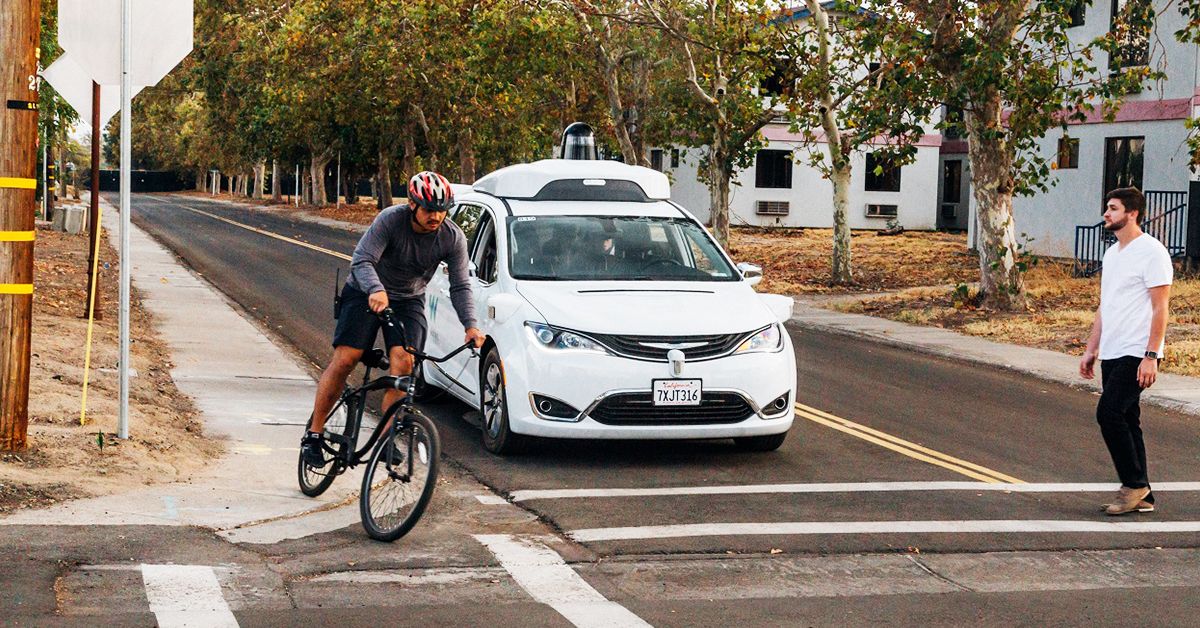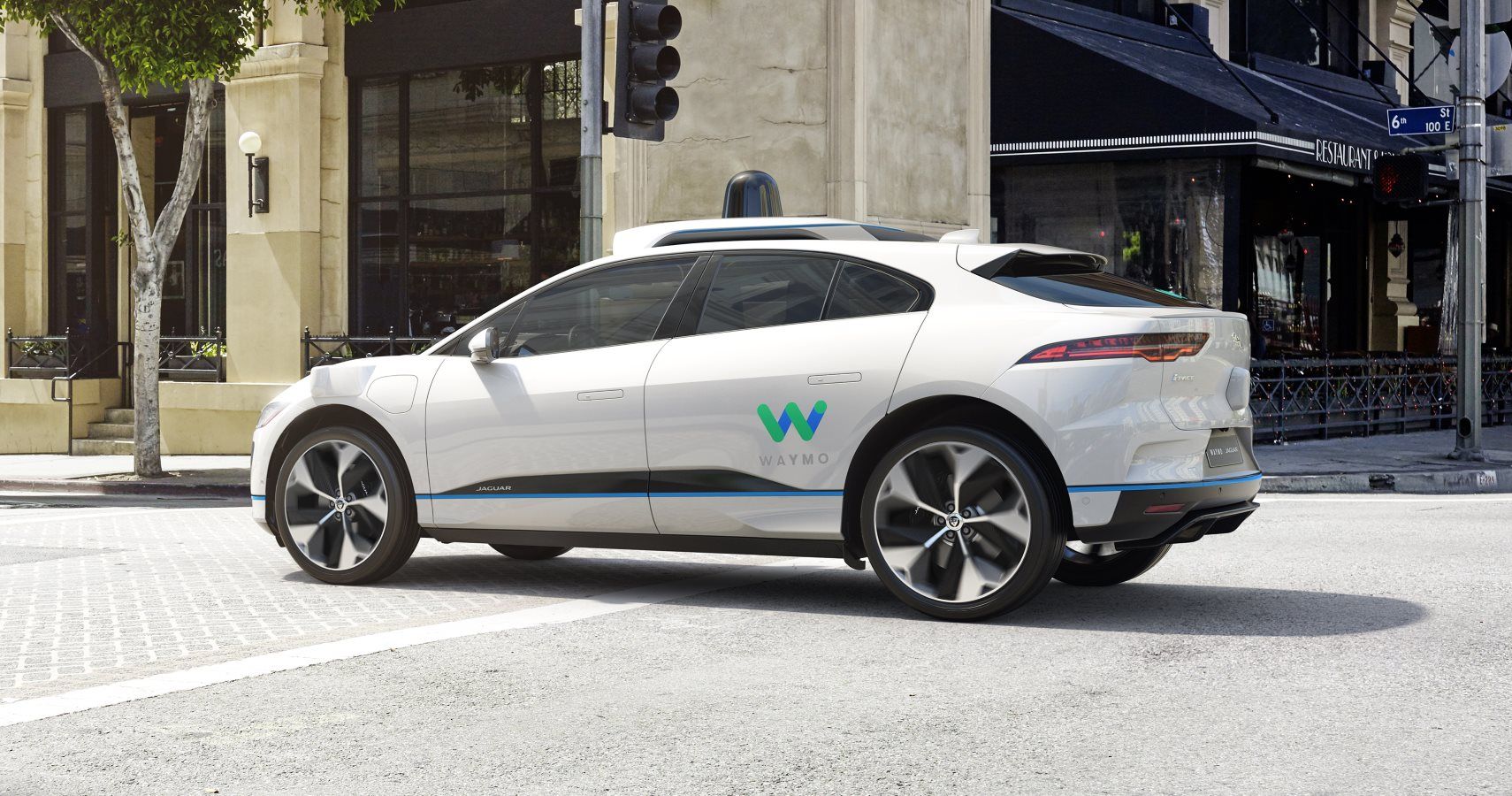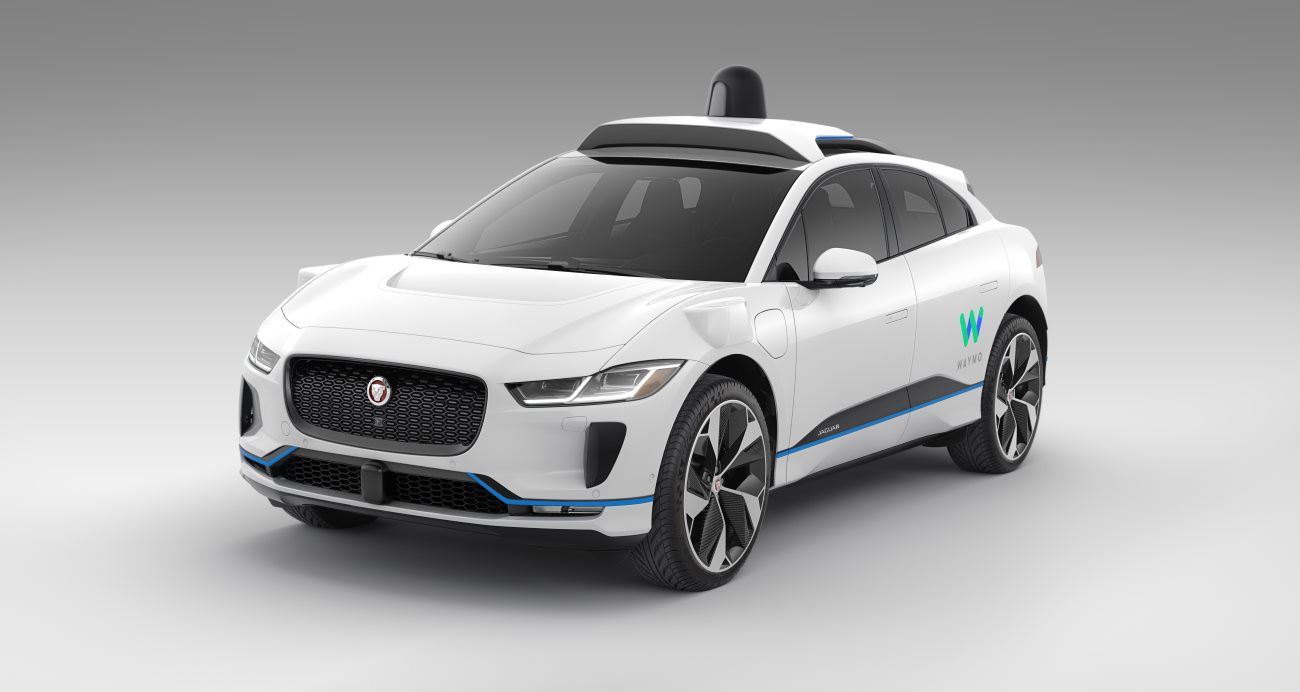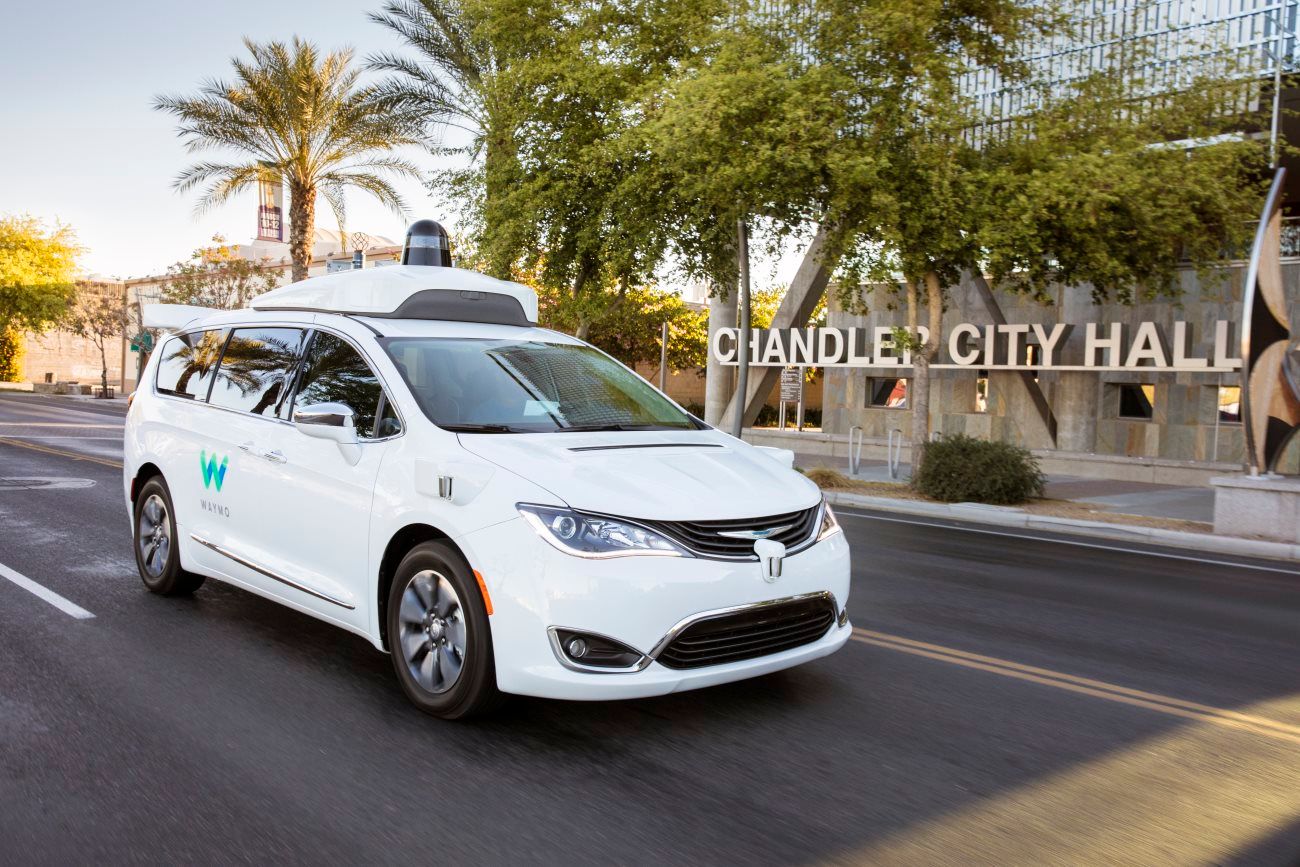In a world where autonomous driving is hyped almost as much as Tesla and Elon Musk, here is Waymo with yet another milestone. While most carmakers are sticking to self-driving driver aids that constantly remind you to have both hands on the wheel, Waymo here is taking things a step further.
With the area fully mapped, the former Google self-driving project turned Waymo has been operating in Chandler, Arizona, for quite some time. Its taxi services dubbed Waymo One are, however, limited to the greater Phoenix area.
Although in beta, the team has just begun serving the San Francisco area. Expanding the project and vision to a wider audience, Waymo will initially offer free rides to select passengers in San Francisco via its Trusted Tester program.
While Waymo’s fleet includes Toyota Priuses and hybrid Chrysler Pacificas, participants from the Golden City are given the opportunity to ride in fully autonomous I-Pace EVs. Leveling up in style, Waymo has partnered with Jaguar to deliver the world’s first fully self-driven premium EV experience.
There is a catch though. Unlike in Arizona, Waymo riders in San Francisco will have a safety driver accompanying them. Why? Read on to find out.
Waymo: Self-driving Powered by Google
You must've heard about Google's self-driving initiative during the late 2000s. It all started in 2009 as a way to map Google Street View. In 2010, this became an autonomous driving initiative dubbed, Project Chauffeur. The idea laid quite a lot of groundwork and after 5 years, Alphabet (Google’s parent company) decided to rename it Waymo; an independent startup that develops autonomous cars.
As a company, Waymo has two offerings under its belt: Waymo One, Waymo Via. The difference between the two is that the former involves self-driving cars while the latter is about autonomous trucking and delivery solutions.
The question everyone has, is how do these work? Well, the system takes complex data gathered from its advanced suite of sensors and deciphers what's around it through technology like machine learning.
Back in its early days, cars were basically Priuses with a Topcon digital mapping hardware on the roof of the car. Now, however, the technology has developed multiple folds with a vast array of sensors and cameras. This paired with Google’s machine learning algorithm makes computation and commute effortless. Up until now, Waymo has raised a total of around $5.5 billion as outside investments.
The Catch: San Francisco Is Geographically Complex
According to a company spokeswoman, San Francisco’s hilly, dense streets are extremely difficult for autonomous cars. As a result, Waymo cars in the area will have a safety driver in case things go south. However, the team has been in the city since 2019 and has continuously mapped the surroundings whilst learning the various different outcomes. Therefore, the safety driver is merely a precaution.
Waymo is taking it further with the introduction of its Trusted Tester program. After you enroll via Waymo’s app, rides across the city are made accessible free of cost, although for how long remains unspecified. Testers will provide feedback for things like the service, various interruptions, if any, to stuff like how well it’s suited for people with disabilities.
Waymo welcomes riders of all different mobility levels to join the program and allows participants to enter their specific requirements on the app. However, bear in mind that it’s under testing and you are part of a group of testers. So, if things prove uncomfortable or disconcerting, let the developers know.
Autonomous Cars: Popular Concerns
People are very much concerned about how to trust a driverless system to execute a safe trip. Mind you, all these systems are implemented and tested in cities where traffic is chaotic. Per Waymo, its computer-driven system has accumulated more experience than any human being on the road.
But, the system needs to map an area before it starts operating. Just like the case with San Fransisco, there are several other places with challenging geographies and several uncertainties.
While we question the abilities of an autonomous system, stats show that the majority of road incidents involving a self-driving vehicle have human error as the number one cause.
Waymo team reports that it was involved in 18 crashes and 29 near-miss collisions during 2019 and 2020. No one was seriously injured in any of these incidents. In fact, the other vehicle involved is almost always in the wrong.
Another pressing issue lies in the eventuality where the dilemma is, will the system choose to hit a pregnant lady or a pedestrian? If normal drivers are hit with that predicament, pretty much all of them would choose not to hit the pregnant lady. The reality is, even we as drivers sometimes make fatal errors that result in irreversible outcomes.
However, as Youtuber Derek Muller from Veritasium points out, 99% of the accidents are simply not like that; these are just extremely hypothetical situations.
With millions of miles on the odometer, Waymo’s system has developed a fair idea of what’s happening on the road. Arguably, if it becomes common, autonomous driving could possibly be the safest form of transport.
Sources: Waymo, Automotive News, Youtube, The Verge

